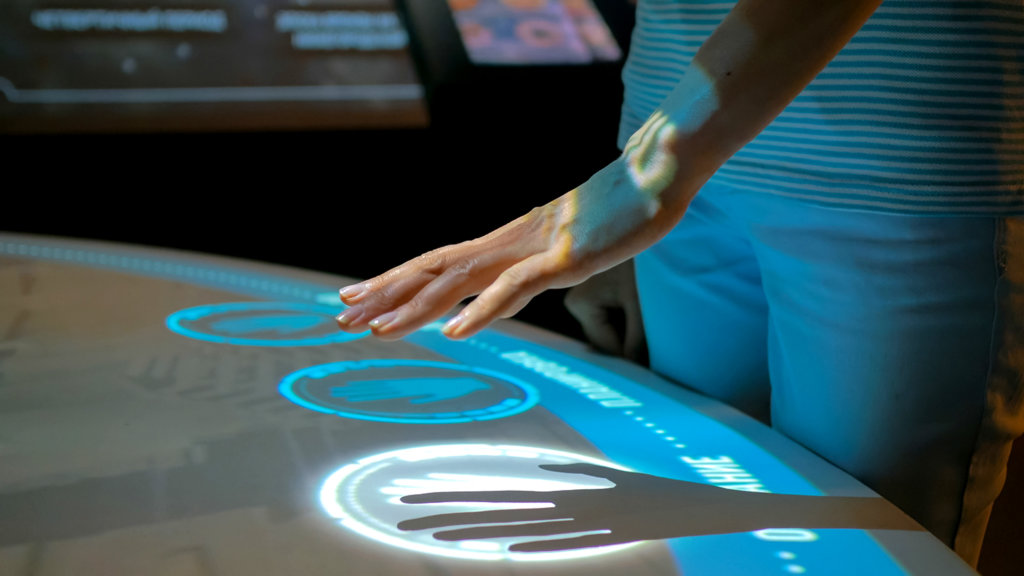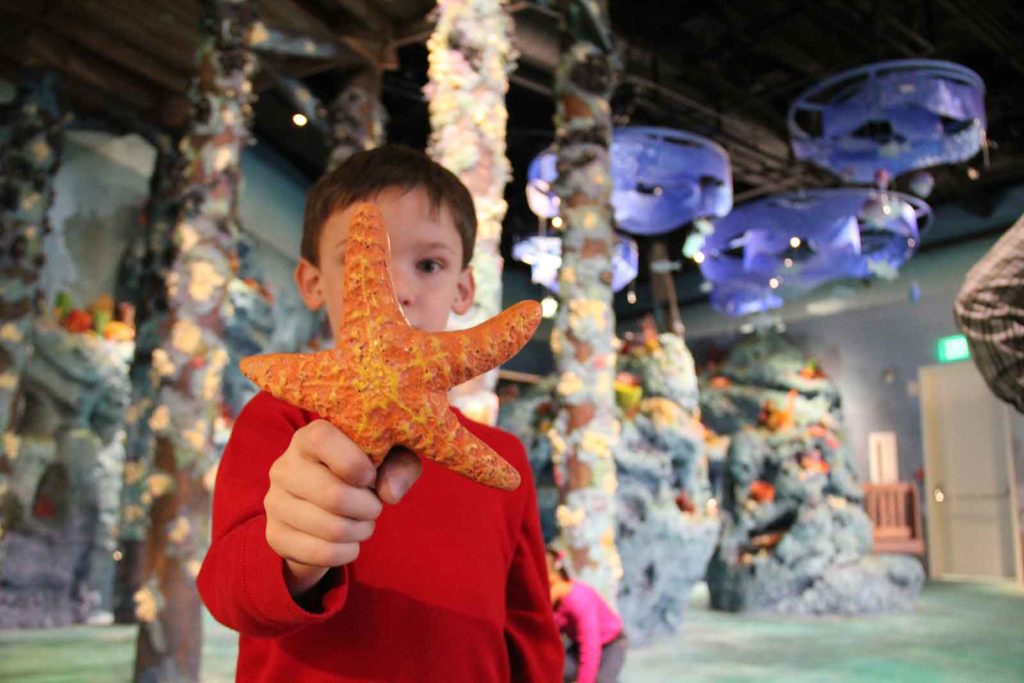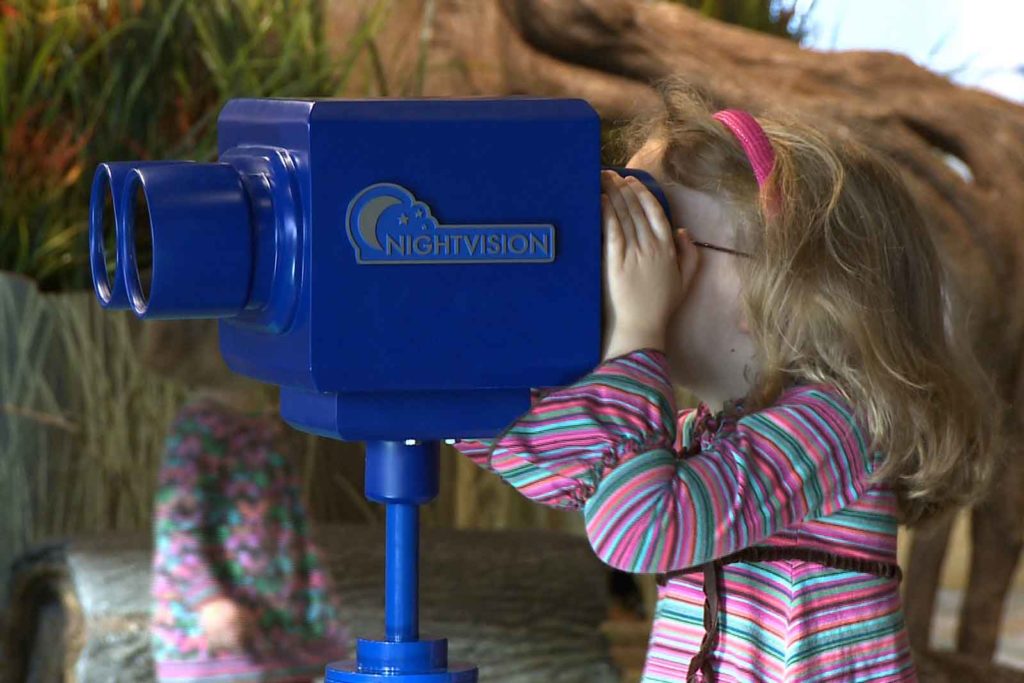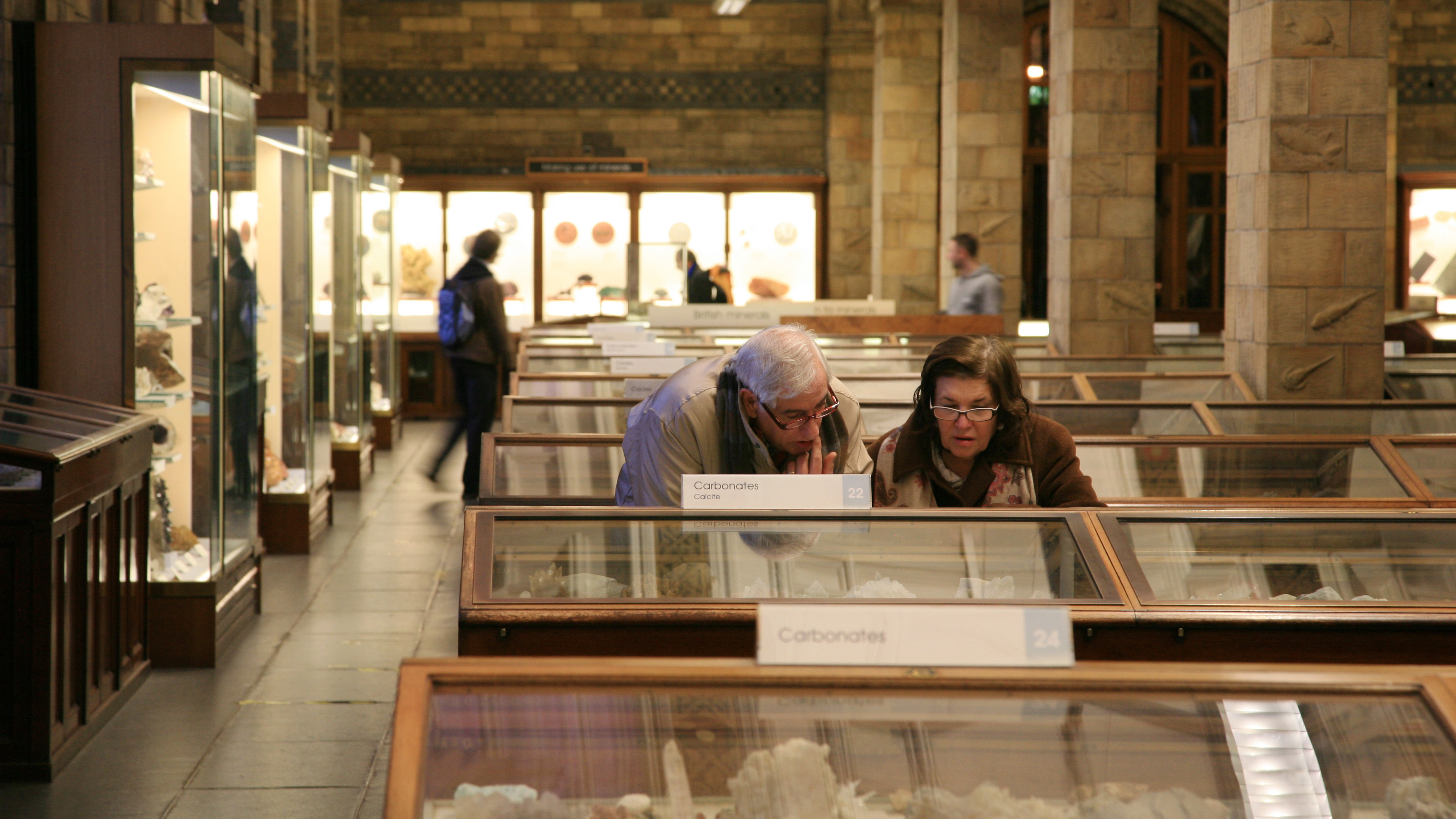In 2007, the Fernbank Museum of Natural History’s visionary CEO Susan Neugent and her team engaged Thinkwell to reimagine their much-loved (but well-worn) third-floor children’s exhibits. At the time, Thinkwell was still new to the museum world, and Susan’s leap of faith initiated a rich and rewarding collaborative partnership that would lead to Naturequest, a groundbreaking children’s exhibit that celebrates its tenth anniversary this week.
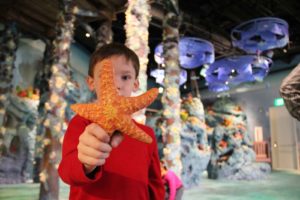
“From the moment we kicked off the design process in 2007,” notes Fernbank’s current CEO Jennifer Grant Warner, “we intentionally set out to create something fresh that had not been seen before at museums for young kids. Our team at Fernbank, alongside our colleagues from Thinkwell, were committed to developing this uniquely immersive space that was rooted in science and education curriculum from top to bottom, providing inclusive opportunities for all learners to explore the natural world…in a safe, indoor environment.”
Naturequest was intended to shatter the conventions of typical children’s exhibits by creating a playful, highly explorable landscape that piques each visitor’s innate sense of curiosity without relying on didactic text or explanations. Anchored by a multilevel treehouse and a meandering virtual interactive river that winds from the mountains to the coastal reef, Naturequest provides a comprehensive, accurate, region-specific overview of Georgia’s complex biosystems. Since it’s opening, the exhibit has provided ten years of adventure to its guests, but getting to opening day was an adventure all its own.
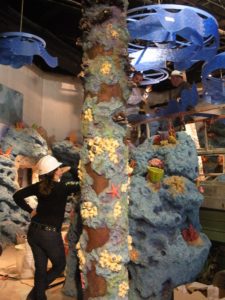 To start with, the logistics of creating a bespoke, aspirational, indoor forest on the third floor of the building were daunting. Fernbank’s main loading dock was located four floors below, on the opposite side of the building, impractically far away from the space. Thinkwell proposed a radical solution, punching a new hole in the building three stories above an adjacent service area, and the Fernbank team unflinchingly approved the plan. It proved to be an invaluable decision, minimizing the impact of construction on the rest of the museum.
To start with, the logistics of creating a bespoke, aspirational, indoor forest on the third floor of the building were daunting. Fernbank’s main loading dock was located four floors below, on the opposite side of the building, impractically far away from the space. Thinkwell proposed a radical solution, punching a new hole in the building three stories above an adjacent service area, and the Fernbank team unflinchingly approved the plan. It proved to be an invaluable decision, minimizing the impact of construction on the rest of the museum.
Another key objective was to include a floor-to-ceiling view to the natural forest just outside, which required the demolition and relocation of the office of the Museum’s CFO, Catherine Nowell. With typical Fernbank spirit, she unhesitatingly agreed to the plan.
Due to the “haute couture” nature of the exhibit, every element had to be custom designed, tested and installed onsite. Once construction was underway, the Thinkwell team, led by Project Manager Courtney Kleinman, was embedded with Fernbank’s staff in Atlanta to oversee the placement of everything from the largest tree to the tiniest fossil in the rockwork strata.
As scenic elements arrived, they became furniture for the project team; the treehouse an ad hoc conference room, fallen logs became workbenches, the under-construction ladies room served as the flooring vendor’s field office, and a faux dugout canoe was a welcoming spot for a quick power nap. The team spent all of their waking hours together. “For a while I thought I was married to (Technical Director) Gene Rogers. We drove together, worked together, ate every meal together,” Art Director Gwen Ballantyne said.
Gwen sculpted and baked animal figures and rockwork samples in her apartment for Nassal’s scenic team, who used the models as guides for the full-sized rocks, caves, and strata they sculpted in place. They meticulously added fossils, geodes and other inclusions selected by Fernbank’s geologists to the appropriate layer of strata. They molded tree bark samples from the trees just outside to create accurate copies inside. “I was so impressed with the rockwork team from Nassal,” says Ballantyne, “They were brilliant and so patient with us and everything we were asking them to do, which was crazy hard. Everything they did was stellar.”
Elsewhere, Gwen worked with the flooring vendor Rubbertek to custom mix their primary colors to create the perfect color gradients for the riverbed, beach, and reef, an effort that they had never accomplished previously. While art directing a tree stump, Ballantyne became so captivated by the history conveyed in tree rings, that she joined the Tree Ring Society.
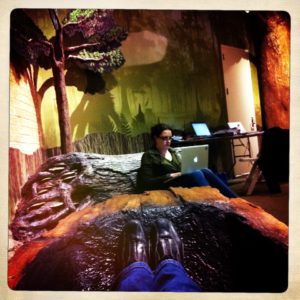
Meanwhile, Kate McConnell, who had already learned the Latin names for hundreds of indiginous species of plants and animals in concept development, installed animal paw prints throughout the space, each set representing a different creature and telling a unique story. Kids can follow those prints and see where the creature emerges from the grass, pauses for a drink, and finally darts away again. Kate got so caught up in the effort that Thinkwell CEO Joe Zenas unofficially dubbed her V.P. of Animal Tracks.
The tech team hung and focused lights and mapped projections in the now open, naturally lit space. They also installed computers and software, rigged interactive elements, and mixed twenty-six separate audio zones together to create a seamless, accurately immersive soundscape in the compact space. Even the soundscape is Georgia-specific, with bird and insect noises selected specifically for their accuracy to each zone of the exhibit.
“There is no more destructive force in nature than a four-year-old-child” said Rogers, and all of the Naturequest team aggressively field-tested every touchpoint to make sure they could withstand the onslaught of the destructive forces to come. they jumped, smashed, pulled, and pushed every new set piece and element trying to break it. “Is this good to go?” asked Chris Hawkes before grabbing a balance beam log with two hands and tearing it out of the floor. “Apparently not.” Thinkwellian Cynthia Sharpe would frequently pressure-test play elements, once putting her foot through a crab pot, then testing prototype acorns, seashells, and game pieces by smashing them to the floor or against a wall. When a transfer basket for a seed dispersal activity proved too fragile, Cynthia hand-knitted a pouch instead, a solution that remains to this day.
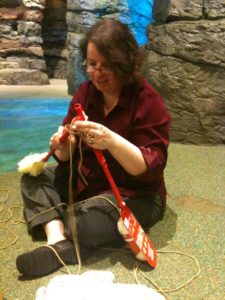
All of the tireless work and attention to detail was put to the test on opening day. The team held their breath as the first wave of kids entered the space. As expected, they jumped, smashed, pulled, and pushed every element. Grown ups explored as well, some laying across the virtual river, climbing up the central tree, or hanging out inside the narrow burrow. Kids beckoned to parents and caregivers to share discoveries and even sought out other kids to help with cooperative games. They had turned over stones, climbed trees, explored caves, and hopped across the river. Naturequest was now theirs.
As the activity wound down towards the end of the day, Gwen Ballantyne noticed an elderly docent gazing in wistfully through the circular windows at the entrance, “The children love it,” he whispered, “Looking at this, I just want to be a boy again.”
“Naturequest was a game changer for Fernbank,” asserted Dr. Bobbi Hohmann, Fernbank’s VP of Programming and Collections, “Our younger visitors don’t realize that they are learning as they play and, of course, our adult visitors have just as much fun in the space!”
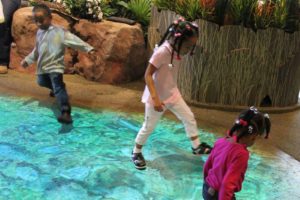 Brandi Berry, VP of Marketing agreed “I knew we had created something very special and innovative when Emory University included Naturequest in their field research of early childhood education. Ten years later, I still want to climb up the inside of the tree every time I visit the exhibit.”
Brandi Berry, VP of Marketing agreed “I knew we had created something very special and innovative when Emory University included Naturequest in their field research of early childhood education. Ten years later, I still want to climb up the inside of the tree every time I visit the exhibit.”
“Naturequest has been pivotal for Fernbank in many ways,” Jennifer Grant Warner adds, “ the exhibition has helped Fernbank grow as an organization, expanding our reach and being recognized for our commitment to science education. Best of all, to this day, we see kids light up when they enter Naturequest and realize this space is just for them – they speed through to get their bearings and then dive into their favorite area to explore, which is exactly as we had hoped.”
Naturequest was the product of an unprecedented partnership and collaboration between Thinkwell and the Fernbank Museum that continues to this day. Since opening in 2011, the multiple award-winning Naturequest has exponentially increased memberships, opened the door for new exhibits like WildWoods and Nature Stories, and has made Fernbank one of the most treasured spots in Atlanta. Happy anniversary Naturequest, and congratulations to our dear friends at Fernbank. It is a privilege playing with you.
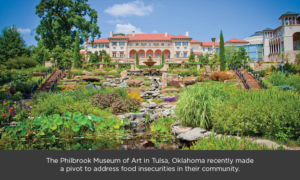
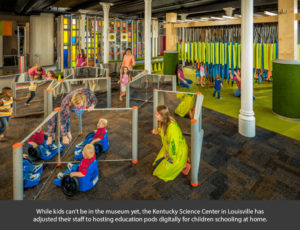
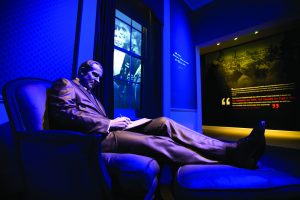
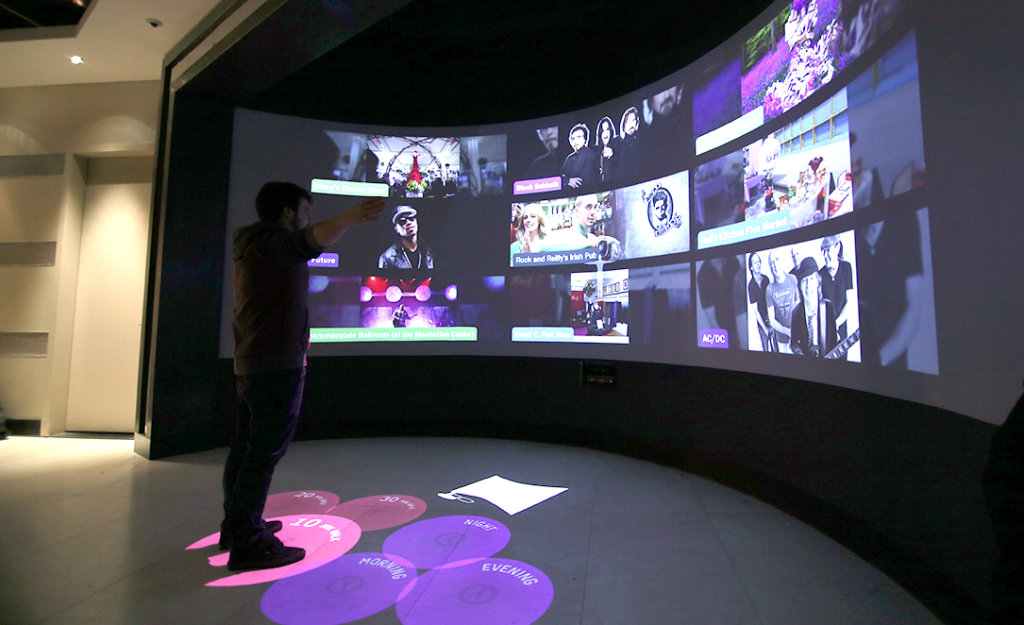 Take, for example, our
Take, for example, our 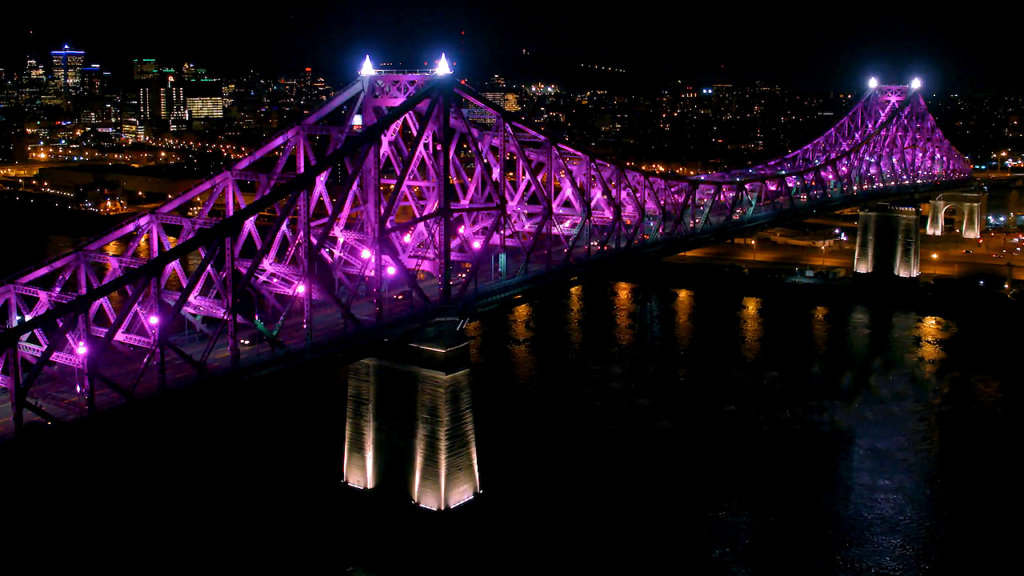
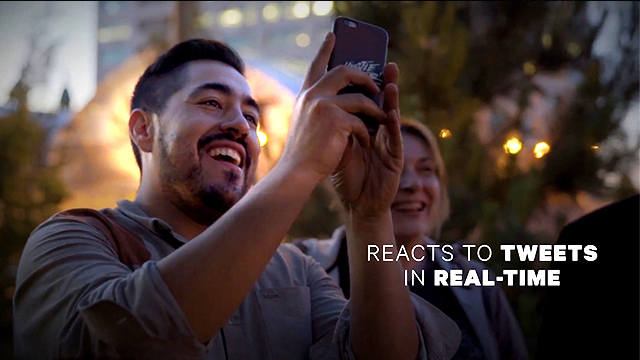 The Illumination of the
The Illumination of the 